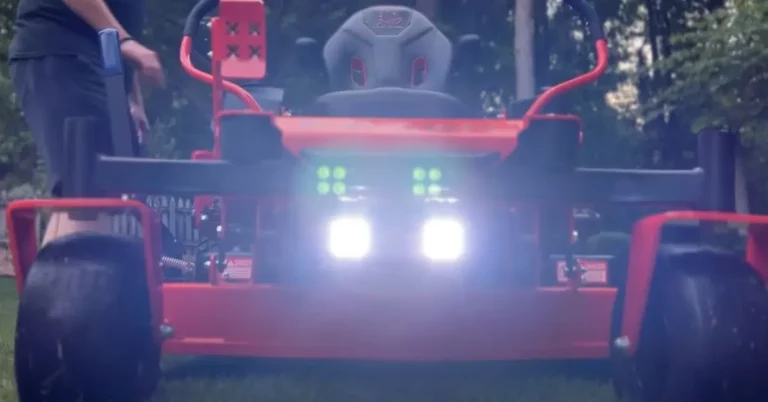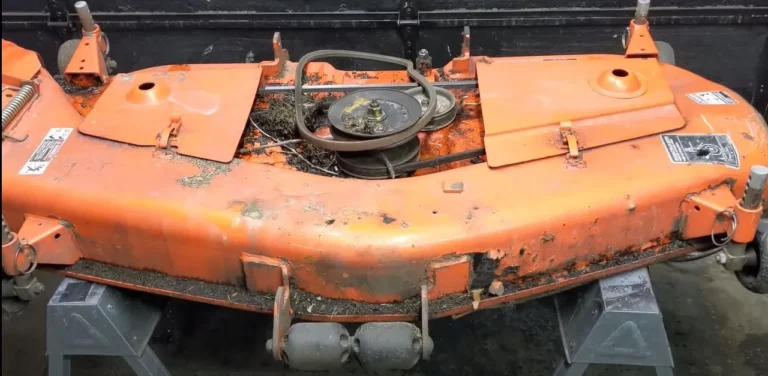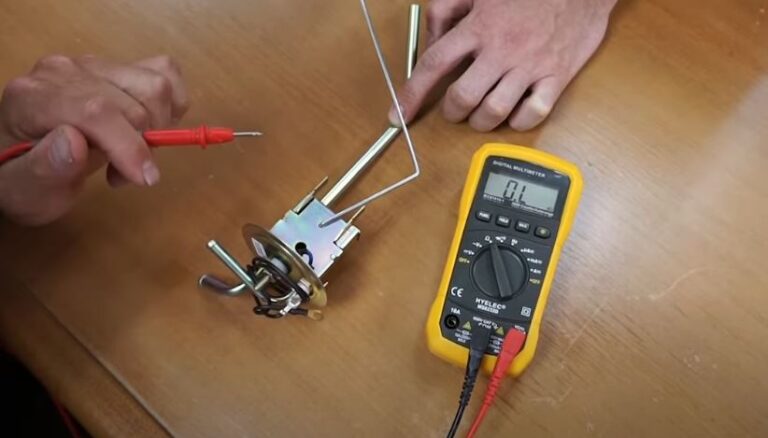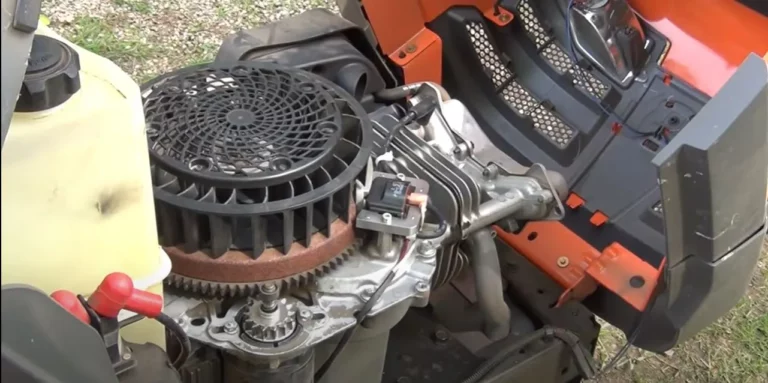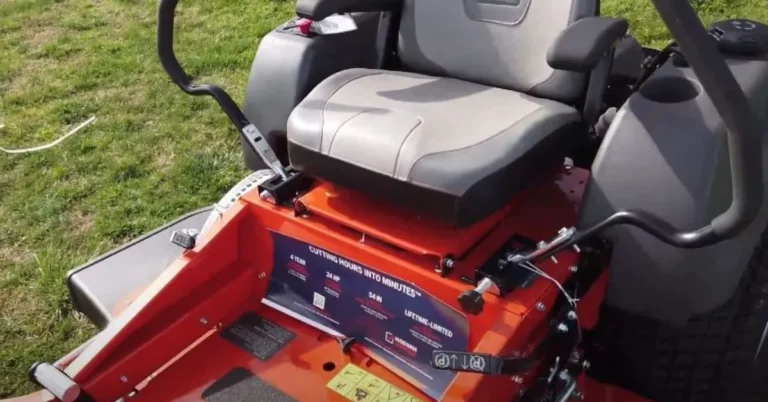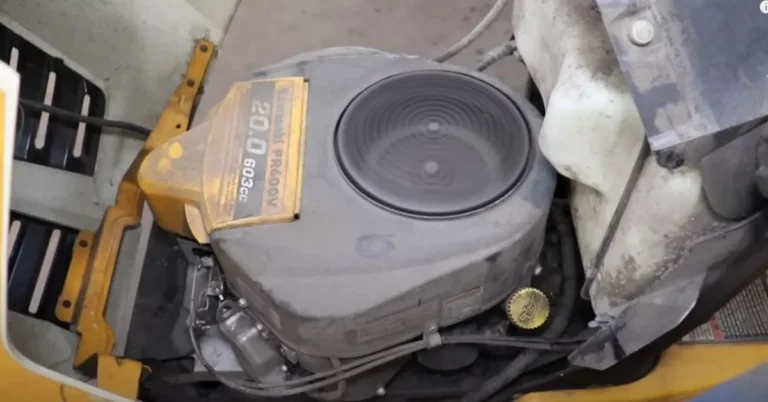Toro Zero Turn Steering Problems
The Toro zero-turn steering system is renowned for its precision and maneuverability, providing countless users with an exceptional mowing experience.
However, as with any complex machine, it can encounter problems that prevent it from performing perfectly.
Common steering problems encountered in Toro zero-turn mowers include uneven steering response, excessive steering, vibration of the steering wheel, and excessive effort put in while steering.
These issues can significantly impact the operator’s ability to navigate efficiently and keep a steady cutting pattern.
In this article, I will walk you through the steering problems associated with the Toro zero-turn, highlighting their impact and the importance of addressing them promptly.
Let’s get started.
5 Common Toro Zero-Turn Steering Problems
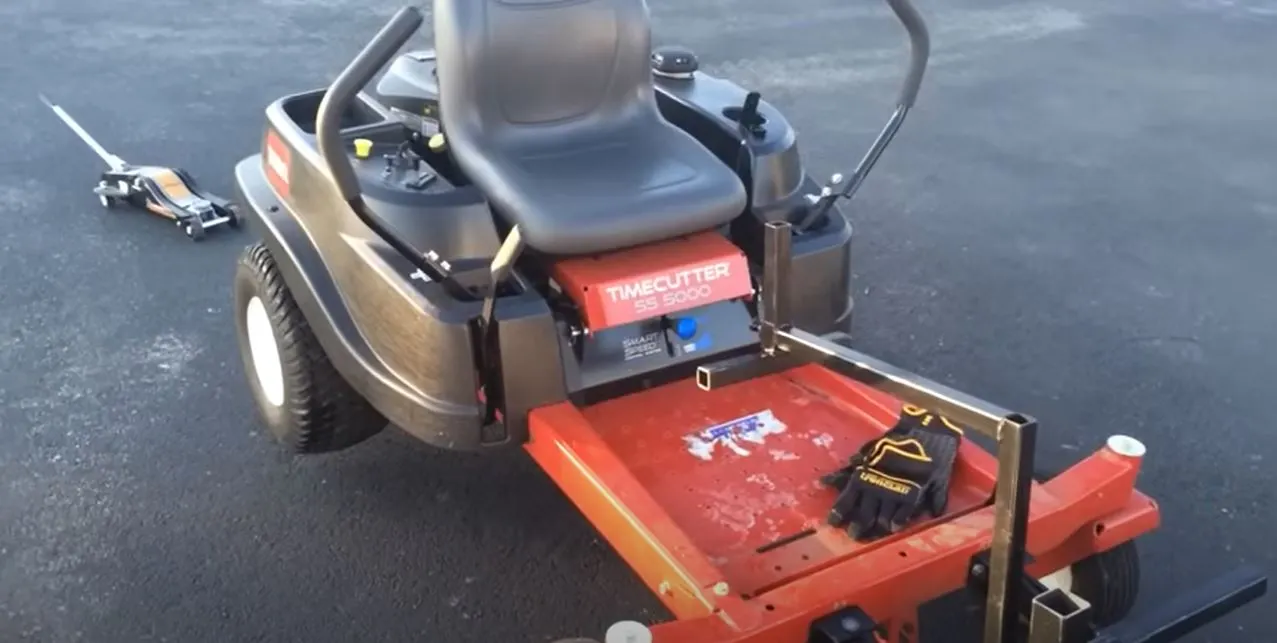
Here are 5 of the most commonly reported problems by Toro zero-turn users, along with what you can do to identify those issues and how to fix them.
1. Steering Wheel Not Turning
When the steering wheel on your Toro zero-turn mower fails to turn correctly, it can negatively impact your ability to maneuver effectively, making it challenging to navigate corners, obstacles, or tight spaces.
Identifying and addressing the causes of this issue is essential to restore smooth and responsive steering control.
Symptoms
- A feeling of resistance when attempting to turn the steering wheel
- Complete inability to turn the steering wheel
- Jerky or uneven steering response
Causes
- Damaged or worn steering components, such as steering gears or linkage
- Improper adjustment of the steering system
- Hydraulic system issues, such as low fluid levels or malfunctioning components
Troubleshooting
- Check for any obstructions around the steering mechanism or wheels that may hinder movement.
- Look for any signs of damage on the steering parts, such as loose or broken pieces.
- Ensure the steering system is adjusted correctly according to the manufacturer’s guidelines.
- Check the hydraulic system for leaks, low fluid levels, or malfunctioning components.
- If necessary, make adjustments or replace damaged parts to restore proper steering functionality.
Also Read: How to Adjust Steering On Zero Turn Mower?
2. Uneven Steering Response
When experiencing uneven steering response in your Toro zero-turn mower, you may encounter difficulties maintaining a consistent turning radius.
One side of the mower may turn more quickly than the other, leading to an imbalanced and inefficient mowing operation.
Addressing this problem is crucial for smooth and precise maneuverability.
Symptoms
- One side of the mower turns more quickly than the other
- Inconsistent turning radius when making turns
- The steering feels unbalanced or unpredictable
Causes
- Misaligned or damaged steering components, such as tie rods or spindles
- Tire issues, such as uneven tire pressure or worn-out tires
- Hydraulic system problems, such as air in the lines or malfunctioning valves
Troubleshooting
- Inspect and align the steering components, ensuring they are correctly adjusted and free from damage.
- Check tire pressure and condition. See that all tires have the proper pressure and are in good shape.
- Rotate the tires if necessary to improve steering response.
- Check the hydraulic system for any indications of leaks, air in the lines, or broken valves.
- If air is present, bleed the hydraulic system and address any identified hydraulic component issues.
3. Excessive Steering
When your Toro zero-turn mower turns more excessively than you thought it would, it can result in a loose and unresponsive steering system.
This can make it challenging to maintain precise control and can compromise the overall maneuverability of the mower.
Symptoms
- Noticeable looseness in the steering wheel
- Delayed or unresponsive steering input
- Difficulty maintaining a straight line while mowing
Causes
- Broken or damaged steering parts, such as the steering gearbox or linkage
- Improper adjustment of the steering system
- Loose or worn steering wheel connections
- Insufficient lubrication in the steering mechanism
Troubleshooting
- Check the steering parts for any signs of corrosion or damage, and repair or. If needed, replace these parts.
- Adjust the steering system according to the manufacturer’s guidelines to eliminate excessive turns.
- Tighten any loose connections between the steering wheel and the steering mechanism.
- Lubricate the steering components to ensure smooth operation.
- If the issue continues, contact a trained technician or authorized Toro service center for further assistance.
Also Read: Husqvarna Zero Turn Steering Problems
4. Steering Wheel Vibration
When your Toro zero-turn mower experiences steering wheel vibration, it can result in an uncomfortable and unstable ride.
Identifying and resolving the underlying causes of this issue is crucial for smoother steering and enhanced mowing precision.
Symptoms
- Steering wheel vibration or shaking while in use.
- Vibrations felt more prominently at higher speeds or during turns.
- Possible accompanying noise or rattling.
Causes
- Unbalanced or improperly mounted tires cause wheel vibration.
- Damaged or worn steering components, such as tie rods or ball joints.
- Incorrect tire pressure leads to uneven tire wear and vibration.
Troubleshooting
- Have the tires balanced and adequately mounted to address any imbalance issues.
- Check the steering parts for any signs of wear or damage, and repair or replace them if required.
- Ensure proper tire pressure per the manufacturer’s recommendations to prevent uneven wear and vibration.
- If the problem persists, consider having a professional technician check and correct the alignment.
- Regularly maintain and rotate the tires to promote even wear and reduce the chances of future steering wheel vibration.
5. Erratic Steering Response
Experiencing erratic steering response in your Toro zero-turn mower can be frustrating and potentially dangerous.
Sudden changes in direction, unsteady steering, and delayed responsiveness compromise your control and mowing precision.
Symptoms
- Sudden and unpredictable changes in the mower’s direction while steering.
- Unstable or twitchy steering that makes it challenging to maintain a straight line.
- Inconsistent responsiveness or delays in the steering system.
Causes
- Hydraulic system issues, such as low fluid levels or leaks, affect the steering performance.
- Loose or damaged connections within the steering mechanism.
- Worn or faulty steering components, such as the steering linkage or control arms.
Troubleshooting
- Check the hydraulic system for proper fluid levels and any signs of leaks. Address any fluid-related issues promptly.
- Inspect and tighten all connections within the steering system, ensuring they are secure and free from damage.
- Examine the steering components for wear or damage, replacing any worn-out or compromised parts.
- Lubricate the steering components according to the manufacturer’s instructions to guarantee smooth operation.
Frequently Asked Questions
Why is my Toro zero-turn mower’s steering response unpredictable?
Unpredictable steering response in your Toro zero-turn mower may be because of hydraulic system issues, loose connections, or damaged steering components.
Inspecting and addressing these issues is essential to ensure smooth and controlled steering.
How can I fix the erratic steering on my Toro zero-turn mower?
To fix erratic steering, start by inspecting the hydraulic system to identify any problems or leaks. Check that all connections are secure.
Additionally, examine the steering components for any damage or wear. Tighten connections, replace damaged parts, and seek professional assistance if needed.
Can tire pressure affect the steering response of my Toro zero-turn mower?
Yes, tire pressure plays a crucial role in steering response. Improper tire pressure, such as low or uneven inflation, can cause erratic steering.
Check your tires frequently and keep them inflated to the recommended level.
Conclusion
Addressing steering problems in your Toro zero-turn mower is essential for smooth and efficient operation.
By understanding the common issues, their symptoms, and troubleshooting steps, you can effectively diagnose and resolve steering problems.
Regular maintenance and timely repairs will help ensure a reliable and enjoyable mowing experience.

